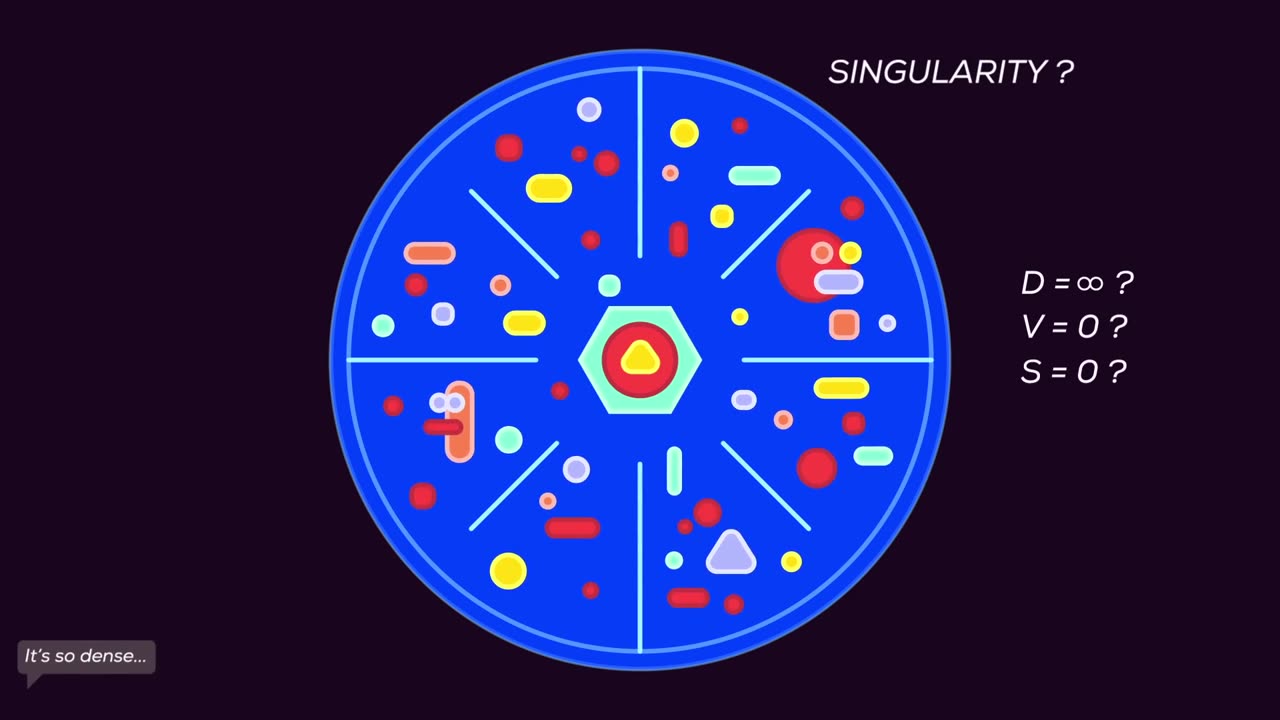Premium Only Content

Black Holes Explained – From Birth to Death
Absolutely, let's talk about black holes! Black holes are fascinating and mysterious cosmic objects that have captured the imagination of scientists and the public alike. They are formed from the remnants of massive stars that have undergone gravitational collapse. Here's a basic overview of some key aspects of black holes:
Formation: When a massive star exhausts its nuclear fuel, its core collapses under the force of gravity. If the core's mass exceeds a critical value (approximately 3-4 times that of our Sun), it collapses completely, forming a black hole.
Singularity: At the center of a black hole lies a point known as a singularity. This is a region where the gravitational pull becomes infinitely strong and spacetime itself is highly curved. Our current understanding of physics breaks down in such extreme conditions, and this is one of the reasons black holes are so intriguing.
Event Horizon: The event horizon is the boundary beyond which nothing, not even light, can escape the gravitational pull of a black hole. This is often referred to as the "point of no return."
Types of Black Holes:
Stellar-mass Black Holes: These are formed from the remnants of massive stars and typically have masses ranging from a few to around 100 times that of the Sun.
Intermediate-mass Black Holes: These have masses between stellar-mass and supermassive black holes. Their formation process is not yet fully understood.
Supermassive Black Holes: These exist at the centers of galaxies and have masses ranging from millions to billions of times that of the Sun. Their origin is still a topic of research and debate.
Observation and Detection: Black holes themselves are not directly visible because they do not emit light. However, their presence can be inferred through their gravitational effects on nearby objects, such as stars orbiting them. Also, material spiraling into a black hole can emit X-rays and other forms of radiation.
Hawking Radiation: Proposed by physicist Stephen Hawking, this theoretical concept suggests that black holes can emit a type of radiation due to quantum effects near the event horizon. Over an extremely long time, this radiation could cause a black hole to lose mass and eventually evaporate.
Black Hole Mergers: When two black holes are in close orbit around each other, they can eventually merge, emitting gravitational waves in the process. These waves were first detected in 2015, confirming a prediction made by Einstein's general theory of relativity.
Black holes continue to be a subject of intense study and research, as they hold key insights into the fundamental nature of spacetime, gravity, and the universe itself. If you have specific questions or aspects of black holes you'd like to know more about, feel free to ask!
-
 LIVE
LIVE
putther
1 hour ago $0.53 earned⭐ Bounty Hunting on GTA Online & GTA 5 RP ❗
125 watching -
 LIVE
LIVE
StuffCentral
3 hours agoBad Company Presents: Ball in the fall, Two 1v1 cash prize tournaments back to back!
106 watching -
 LIVE
LIVE
Midnight In The Mountains™
2 hours agoGaming w/ Gaming w/ PER·SE·VER·ANCE | Family Event OVER EARLY! | Midnights Split Stream!
19 watching -
 LIVE
LIVE
Mally_Mouse
6 days ago🌶️ 🥵Spicy BITE Saturday!! 🥵🌶️- Let's Play: Unrailed 2!
137 watching -
 23:53
23:53
MYLUNCHBREAK CHANNEL PAGE
22 hours agoIstanbul SHOULD NOT Exist - Pt 3
30K15 -
 LIVE
LIVE
BigTallRedneck
6 hours agoROCKET LEAGUE - STUFF CENTRAL'S 1V1 TOURNEY
123 watching -
 LIVE
LIVE
Phyxicx
2 hours agoRocket League 1v1 Tournament hosted by StuffCentral - 9/27/2025
24 watching -
 3:04:24
3:04:24
Barry Cunningham
7 hours agoPRESIDENT TRUMP HAS LAUNCHED HIS OPERATION TO TAKE DOWN THE DEEP STATE! ARE YOU READY?
69.4K97 -
 LIVE
LIVE
The Sufari Hub
1 hour ago🔴LIVE - THE BIG TRIP - DAY 3 - GOING TO BASSLAKE
10 watching -
 1:18:05
1:18:05
Jeff Ahern
6 hours ago $4.98 earnedThe Saturday Show with Jeff Ahern
37.5K6